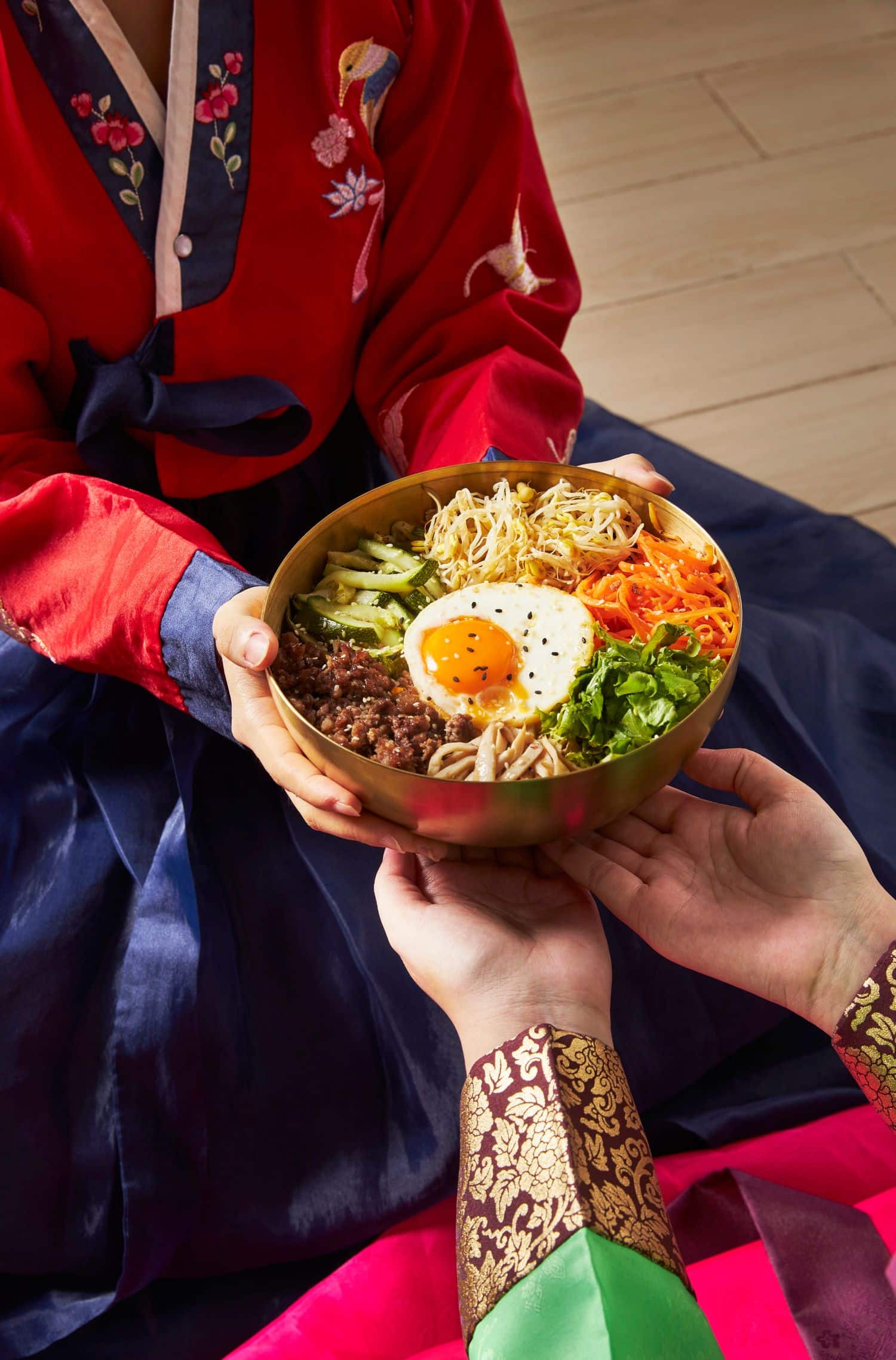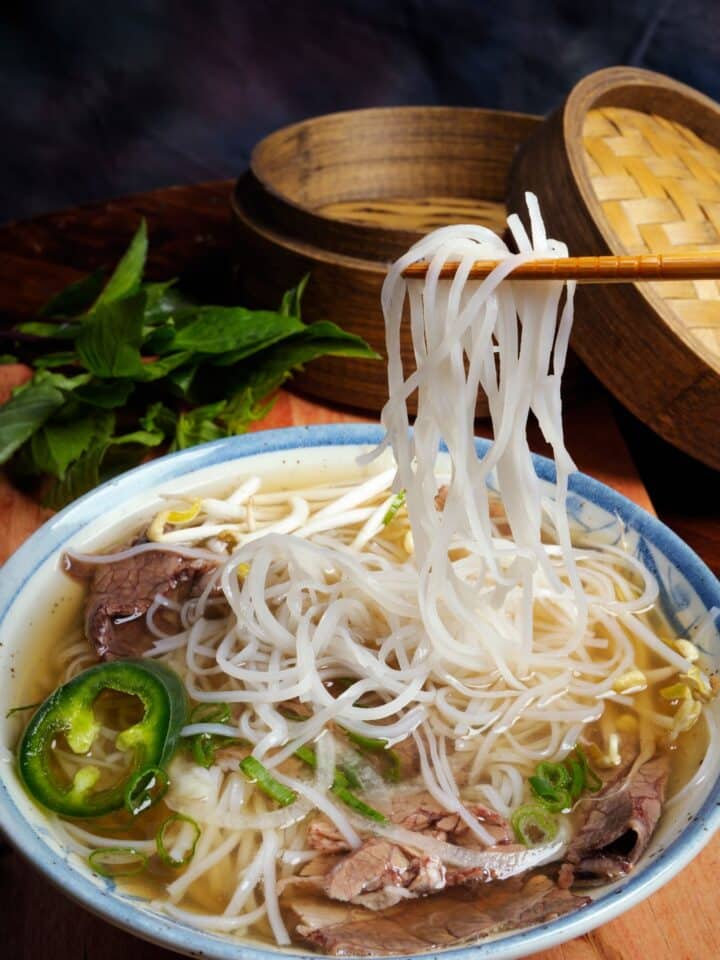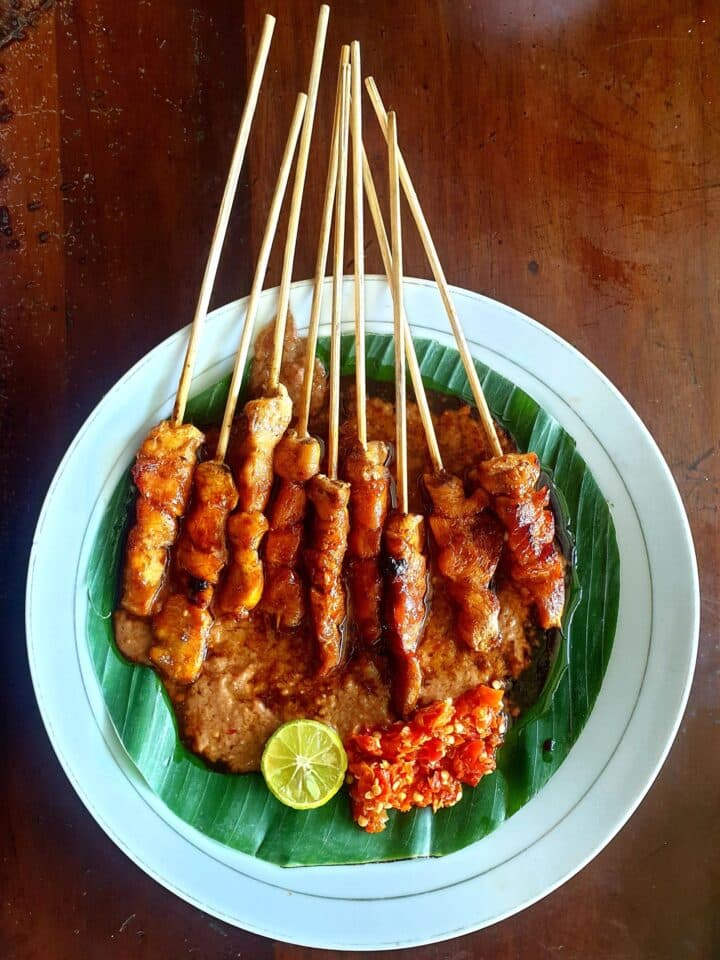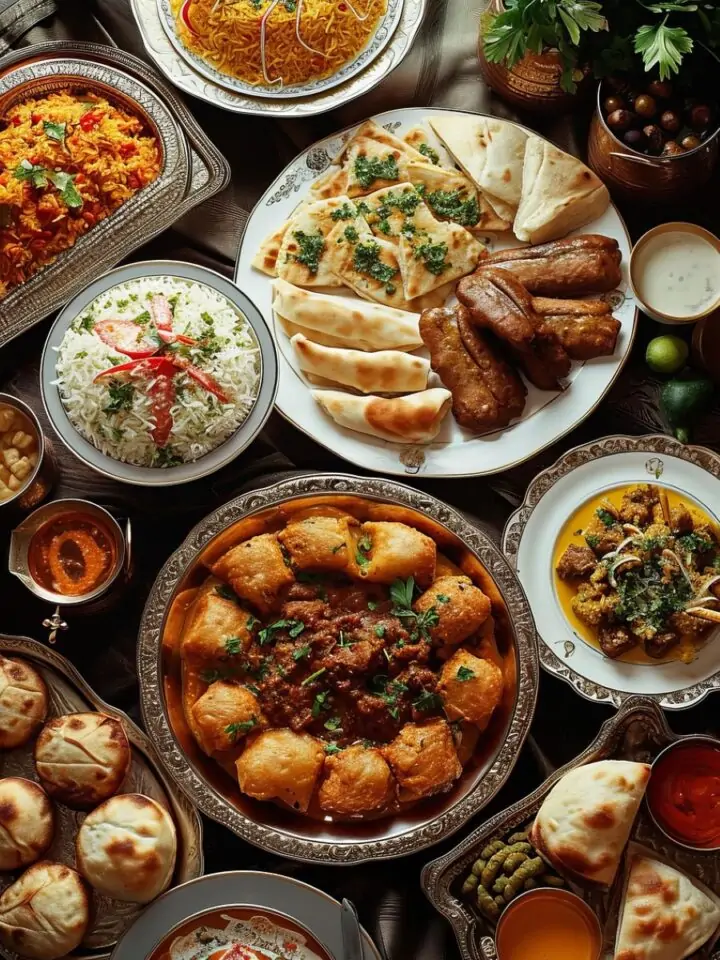Few countries blend tradition and modernity as deliciously as South Korea. Between Seoul’s neon-lit barbecue joints and Jeonju’s humble bibimbap houses, food becomes more than a meal—it’s a celebration of togetherness. For our family, this trip was about savoring culture one bite at a time. Traveling with my husband and kids, we discovered sizzling meats, comforting stews, and colorful rice bowls that told stories of place and people.
Why South Korea is Perfect for Food-Loving Families
South Korea is a paradise for families who love to eat. The food is flavorful yet adaptable, meals are often shared, and dining is an experience in itself.
Family-Friendly Highlights
- Interactive dining: Grilling meat at your table keeps everyone involved.
- Healthy balance: Dishes emphasize vegetables, rice, and lean proteins.
- Variety of spice levels: Most foods can be ordered mild for kids.
- Clean, organized food scene: From markets to restaurants, hygiene is top-notch.
And perhaps the biggest reason—Korean hospitality. Vendors and restaurant owners welcomed our kids like family, offering smaller bowls of rice or extra side dishes with a smile.
Planning Our Culinary Route
We built our food adventure around three destinations:
- Seoul – barbecue, street snacks, and trendy markets.
- Busan – seafood, tteokbokki, and coastal comfort food.
- Jeonju – the home of bibimbap and traditional Hanok dining.
Each city brought a new flavor profile—and new favorite memories.
Seoul: The Heart of Korean BBQ and Street Food
Korean BBQ: A Family Feast
Our first night in Seoul, we sat around a sizzling tabletop grill surrounded by plates of marinated beef (bulgogi). The air filled with smoky sweetness, and the kids loved flipping pieces on the grill. We wrapped the meat in lettuce leaves with rice, garlic, and sauce (ssamjang), creating flavor-packed bites. It was hands-on, social, and unforgettable.
Myeongdong Street Food
Seoul’s Myeongdong district is a street food wonderland. We followed our noses through rows of vendors selling:
- Hotteok – sweet pancakes filled with brown sugar and nuts.
- Tteokbokki – chewy rice cakes in spicy red sauce (we ordered mild).
- Gimbap – seaweed rolls similar to sushi but filled with veggies, egg, and meat.
- Corn dogs coated in crispy batter and dusted with sugar—an instant hit with the kids!
Gwangjang Market Adventure
At Gwangjang Market, we sampled bindaetteok (mung bean pancakes) and mayak gimbap (addictive mini rolls). Sitting shoulder-to-shoulder with locals, chopsticks in hand, we truly felt the pulse of Korean food culture.

Busan: Seafood, Noodles, and Coastal Comfort
Jagalchi Fish Market
Busan, Korea’s port city, offered a feast straight from the sea. At Jagalchi Market, we watched fishermen unload crates of fresh catch, then ate grilled mackerel and spicy fish stew (maeuntang) at a tiny stall upstairs. The flavors were clean, ocean-fresh, and deeply satisfying.
Spicy Tteokbokki and Fish Cakes
Busan’s version of tteokbokki was thicker and sweeter than Seoul’s, and vendors often paired it with oden (fish cakes on skewers) served in warm broth—perfect for cooling evenings.

Milmyeon: Busan’s Signature Noodles
We tried milmyeon, chewy cold noodles served with a tangy broth and beef slices. It was refreshing, especially after a day on the beach. The kids loved the texture and the fun of slurping without judgment (in Korea, it’s encouraged!).
Jeonju: The Home of Bibimbap and Tradition
If Seoul is dynamic and Busan lively, Jeonju is soulful—a city where food carries centuries of pride.
Bibimbap: Korea’s Most Iconic Bowl
Jeonju is the birthplace of bibimbap, and no visit would be complete without trying it. A steaming bowl of rice topped with vegetables, beef, and a fried egg—mixed with spicy gochujang—it’s a work of edible art. Watching the colors blend as we stirred felt almost ceremonial.
For the kids, we requested a mild version without chili paste, which still had all the beauty and flavor.
Hanok Village Dining
In Jeonju Hanok Village, we ate in a traditional wooden house, sitting on floor cushions while tasting jeon (savory pancakes), galbi-jjim (braised short ribs), and side dishes known as banchan. Tiny bowls filled the table—kimchi, pickled radish, spinach, bean sprouts—each more flavorful than the last.
Street Sweets
We finished with choco pie from a local bakery (Jeonju’s version of the famous snack) and honey-glazed yakgwa cookies, perfect with green tea.
Hidden Gems and Regional Must-Trys
- Sundubu-jjigae (Soft Tofu Stew) – comforting, spicy, and customizable.
- Japchae – glass noodles stir-fried with vegetables and beef.
- Dakgalbi – spicy stir-fried chicken with cabbage, rice cakes, and cheese.
- Hodugwaja – walnut-shaped pastries with red bean filling, great for road trips.
- Patbingsu – shaved ice topped with fruit, condensed milk, and sweet beans, a must for summer.
Family Tips for Eating in Korea
- Learn key phrases: “An-nyeong-ha-se-yo” (hello) and “Maepji anke hae juseyo” (not too spicy, please).
- Take off shoes when dining in traditional restaurants.
- Use communal dining to your advantage—sharing dishes keeps things fun.
- Expect side dishes: Most meals include multiple banchan refills, so don’t over-order.
- Carry cash for smaller eateries and markets.
- Try convenience store food: surprisingly tasty and great for quick snacks.
Our Family Favorites
- Kids’ Favorite: Corn dogs and hotteok from Myeongdong.
- Parents’ Favorite: Bibimbap in Jeonju and smoky samgyeopsal in Seoul.
- Most Memorable Setting: Dinner in a Hanok house surrounded by lanterns.
- Surprising Win: The kids loved kimchi pancakes and asked for seconds!
Reflections on Korean Food Culture
What struck us most was how every meal in Korea felt like an act of sharing. Whether sitting around a BBQ grill, eating noodles on the beach, or exploring a centuries-old market, food connected us to locals and to each other.
Korean cuisine celebrates harmony—spice and sweetness, color and contrast, family and community. Even our children began to appreciate the rhythm of it: the small plates, the mix of textures, the ritual of grilling, wrapping, dipping, and tasting together.
Final Thoughts
South Korea’s culinary landscape is a journey through flavor, history, and heart. From sizzling Seoul BBQ to colorful Jeonju bibimbap, every dish reflects the country’s spirit—warm, proud, and endlessly inventive.
For families and food lovers alike, Korea offers not just a menu, but a memory in every bite. So grab your chopsticks, pull up a stool, and dive into a world where meals are meant to be shared and savored.
You’ll leave not just full—but fulfilled.






Leave a Reply